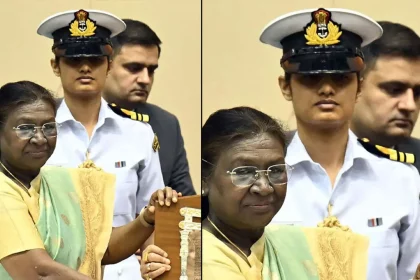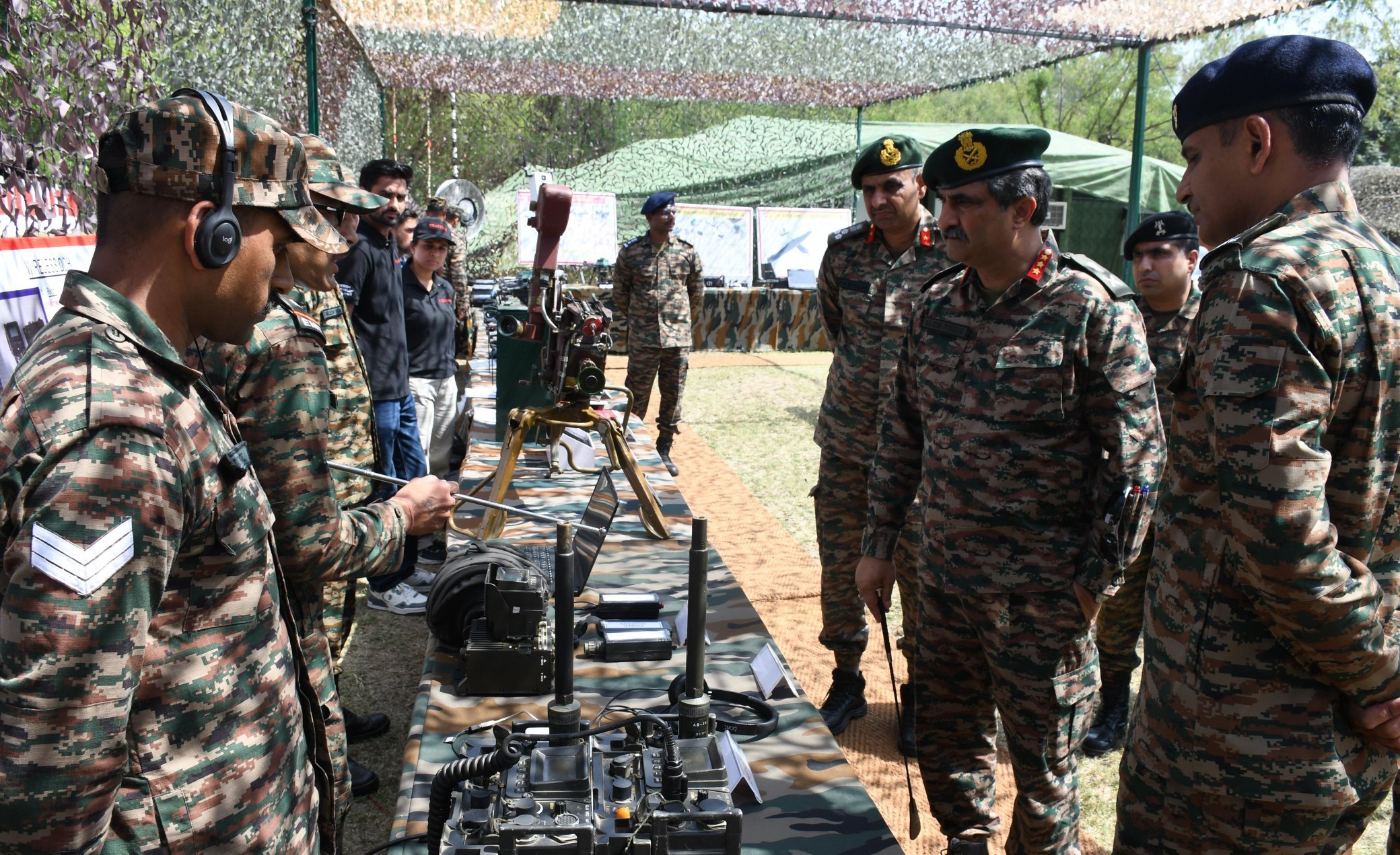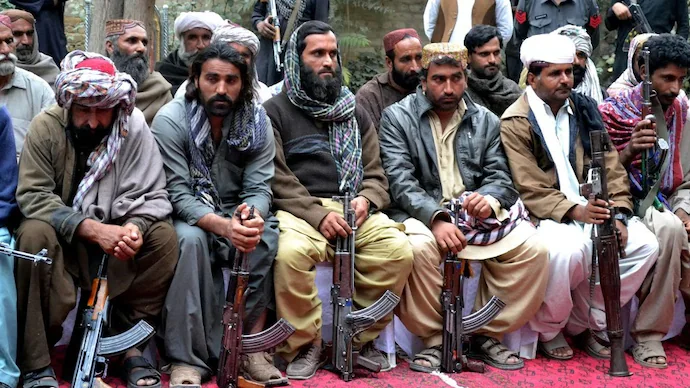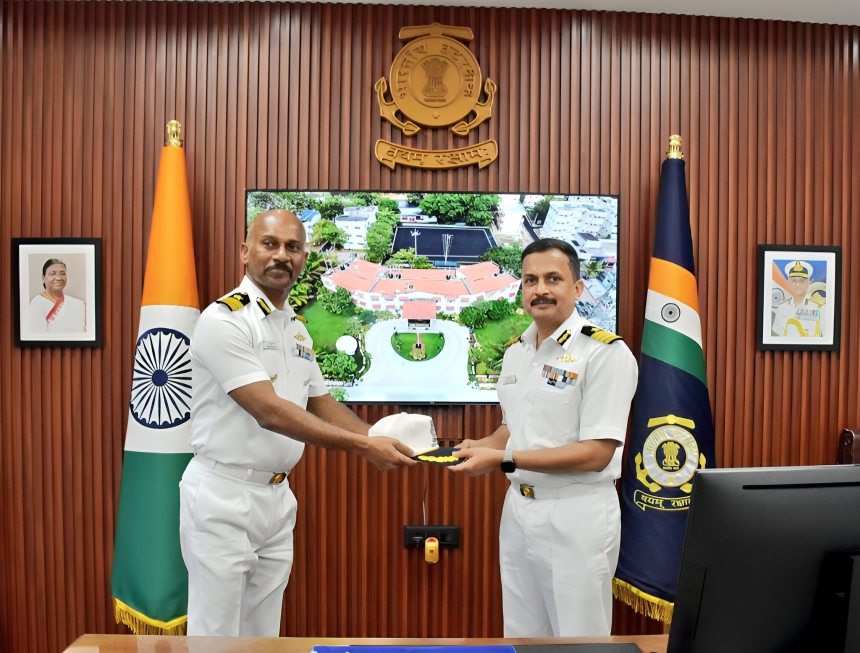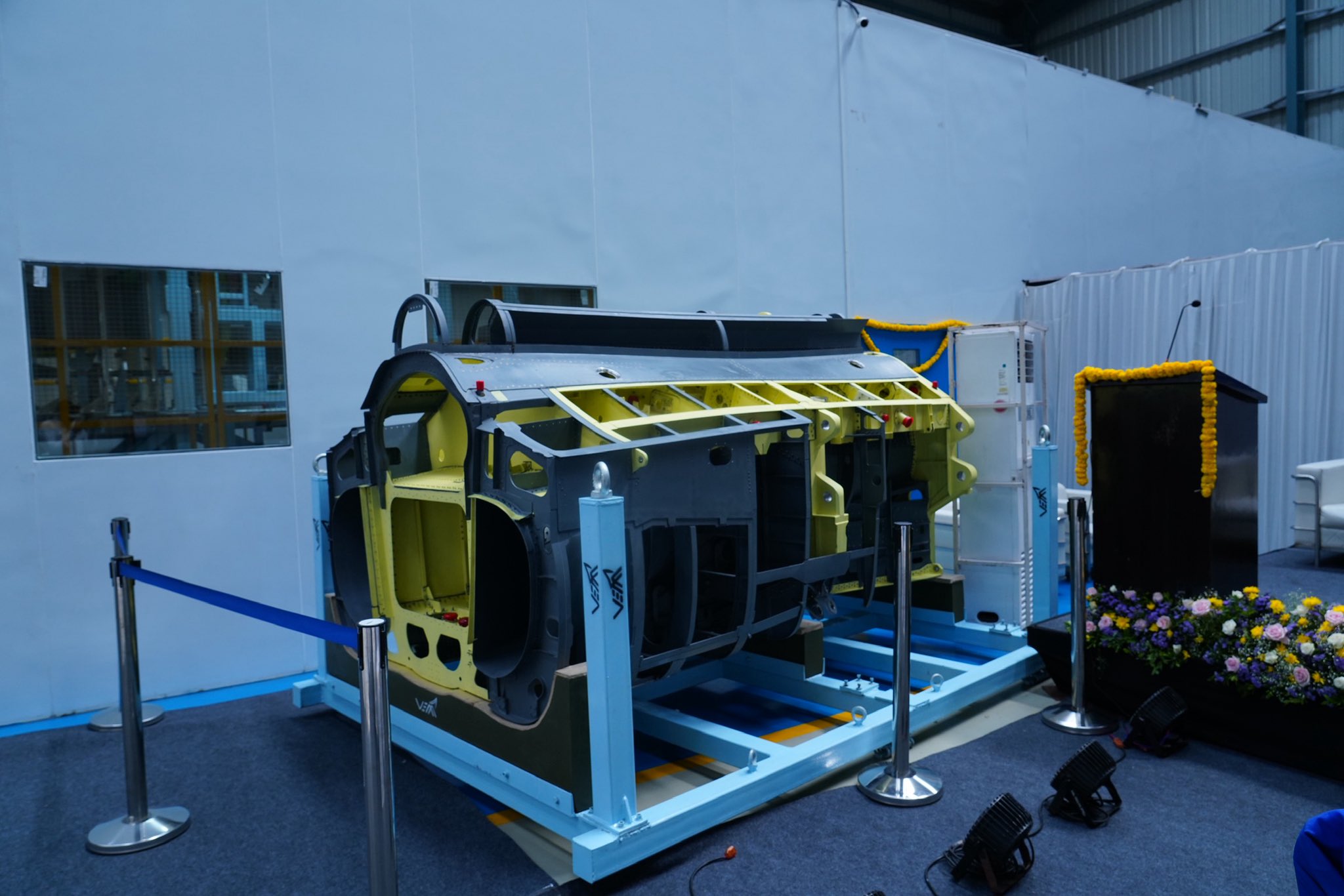Meet Lt Commander Yashasvi Solanki: The First Woman Navy Officer to Become President’s Aide-de-Camp
In a landmark moment for the Indian armed forces, Lieutenant Commander Yashasvi Solanki has become the first woman officer from…
Kharga Corps GOC Inspects Black Arrow Brigade, Commends Operational Readiness
The General Officer Commanding (GOC) of the Kharga Corps today conducted a comprehensive inspection of the Black Arrow Brigade to…
Baloch Liberation Army Reportedly Claims Control of Surab City in Balochistan
In a major escalation of the Balochistan insurgency, the Baloch Liberation Army (BLA) has claimed full control of Surab city,…
YouTuber Bayya Sunny Yadav Arrested by NIA for Travelling to Pakistan
Bayya Sunny Yadav, a YouTuber from Suryapet, Telangana, was arrested by the National Investigation Agency (NIA) on Thursday, May 29,…
Commandant Suresh R Kurup Takes Over as Commander of Indian Coast Guard Station, Trivandrum
In a formal ceremony held today at the Indian Coast Guard Station in Trivandrum, Commandant Suresh R Kurup officially assumed…
VEM Technologies Delivers First Tejas Mk1A Centre Fuselage to HAL
Marking a landmark achievement in India’s indigenous defence manufacturing journey, VEM Technologies handed over the first centre fuselage assembly for…

